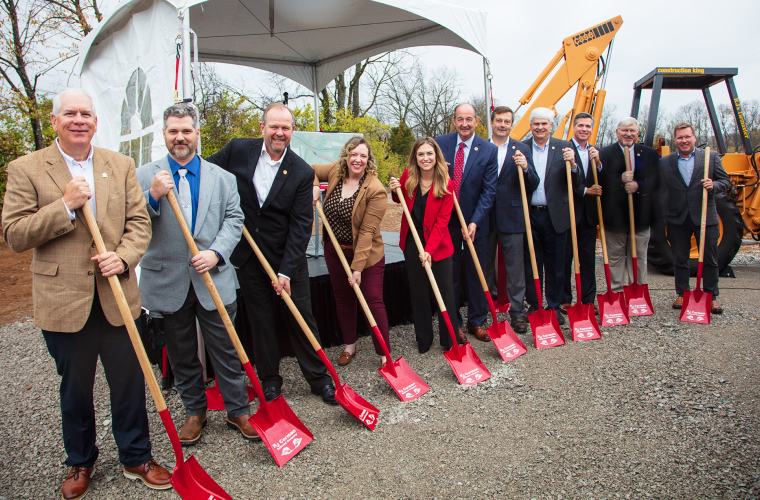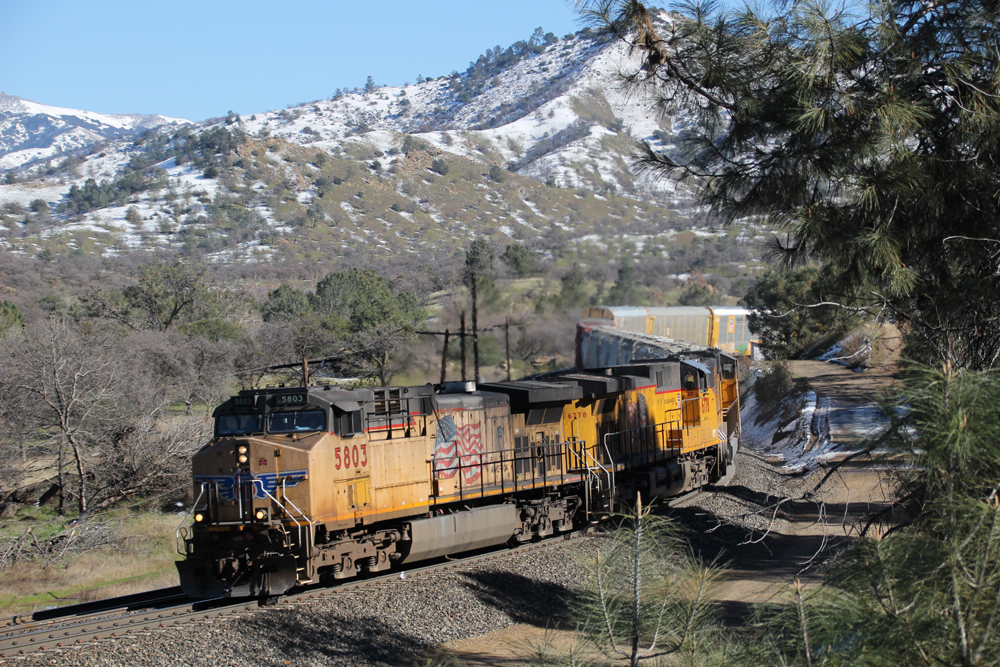
FRANKFORT, Ky. — Federal, state, and local officials were on hand as R.J. Corman Railroad Group held a groundbreaking ceremony on Wednesday, Nov. 6, for its Bluegrass Multimodal Freight Improvement Project at the company’s yard in Frankfort.
The $12.3 million project to upgrade infrastructure of the R.J. Corman Central Kentucky Lines will include construction of a rail-to-truck transload facility; track rehabilitation on the Frankford-Lexington main line, and improvements to the yard and transload facility in Lexington. The project received $7.4 million under the Consolidated Rail Infrastructure and Safety Improvements (CRISI) grant program, while R.J. Corman is providing 40% in matching funds.
The company said in a press release that the project will “deliver substantial environmental and traffic-mitigation benefits.” It is projected to divert more than 130,000 truckloads from road to rail over the next 20 to 30 years.














George, Thanks for asking that question. I have often wondered the same thing. Certainly, in large trainload facilities, there can be specialized equipment, such as pumps, conveyors and cranes. On the other hand, these could be provided at team tracks where volume and available space would allow. Maybe the “available space” part is the issue. There used to be team tracks just about everywhere.
I suspect it varies from location to location. In some cases it really is just space to unload/load from a railcar to a truck, and extra storage space in case they can’t get an entire load moved out at once. Other times there are storage tanks, buildings and cranes; the City of Prineville has a pretty extensive transload facility on the west end of Prineville with storage buildings, at least one of which has an overhead crane inside.
Just wondering what’s the difference between a ‘rail-to-truck transload facility’ and a good old fashion team track. Is there a high level platform, a covered or enclosed storage area?
The most basic transload for a short line simply consists of an empty space next to a siding – truckers using pneumatic trailers can drive up and transfer bulk loads from covered hoppers without any assistance. I’d imagine RJ Corman has bigger plans, though.